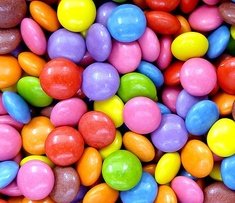Featured Quizzes
User Quizzes
Create Quiz
Data and Charts
Badges and Games
About JetPunk
JetPunk Shop
Dark Mode

Food Additives
Can you name these food additives that are often found in processed goods we buy at the supermarket?
E numbers are the official labelling system for food additives in the European Union
Rate:
Last updated: August 21, 2020
You have not attempted this quiz yet.
More quiz info >>
| First submitted | August 21, 2020 |
| Times taken | 12 |
| Average score | 50.0% | Report this quiz | Report |
4:00
Enter food additive here
0
/ 20 guessed
Time Used
00:00
Best Time
00:00
The quiz is paused. You have remaining.
Scoring
You scored / = %
This beats or equals
% of test takers
also scored 100%
The average score is
Your high score is
Your fastest time is
Keep scrolling down for answers and more stats ...
|
nopassword
+1
Level 25
Apr 22, 2024
Good quiz !
New and Popular
Save Your Progress
Copyright H Brothers Inc, 2008–2024
Contact Us | Go To Top | View Mobile Site
